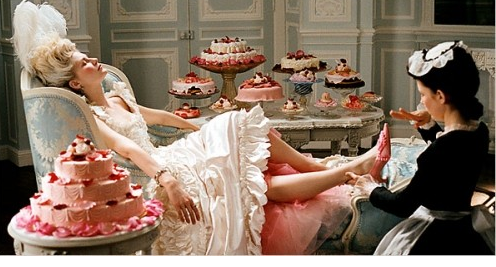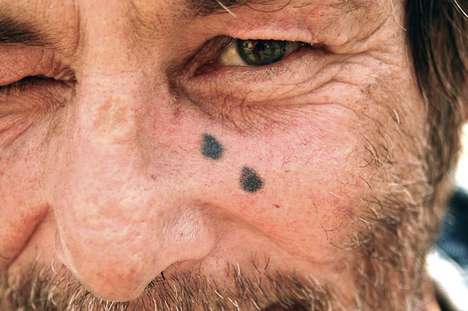I’m a girl firmly against the idea of tofu sausages. And the like. Bastardising food is somehow naff, no? But sugar free cheesecake is a mighty fine exception to that rule. I’ve ranted on Twitter about this cake – which I made with my beautiful friend Claire – and promised to share the recipe. So, here she is (and, yes, Jo, I’ll make it for your birthday!).

Now, once again, our measurements are VERY imprecise. Claire and I literally “added a bit of this, added a bit of that”. And it simply worked. So have faith! Feel it with your fingers!
Sarah + Claire’s sugar-free nut cheesecake
First make the base (meals and nuts can be substituted for any others you have lurking in the cupboard):
- 100g of dessicated coconut
- 110g of shelled pistachios
- 150g of almond meal
- 4 “generous” tbls of butter…which is to say, keep adding more butter till you get a nice gooby consistency
Preheat the oven to about 160 C. Stab-mix or blend pistachios until they are semi-fine chunks, add to a mixing bowl with the coconut, almond meal, and room temperature butter and rub until the mixture is an even, thick consistency. Then press into a baking paper lined spring form pan. cover the base and sides with your mixture to an even thickness – you may need more or less of the mixture depending on the size of your pan. Try to keep it an even thickness – about 1/2-1cm.







